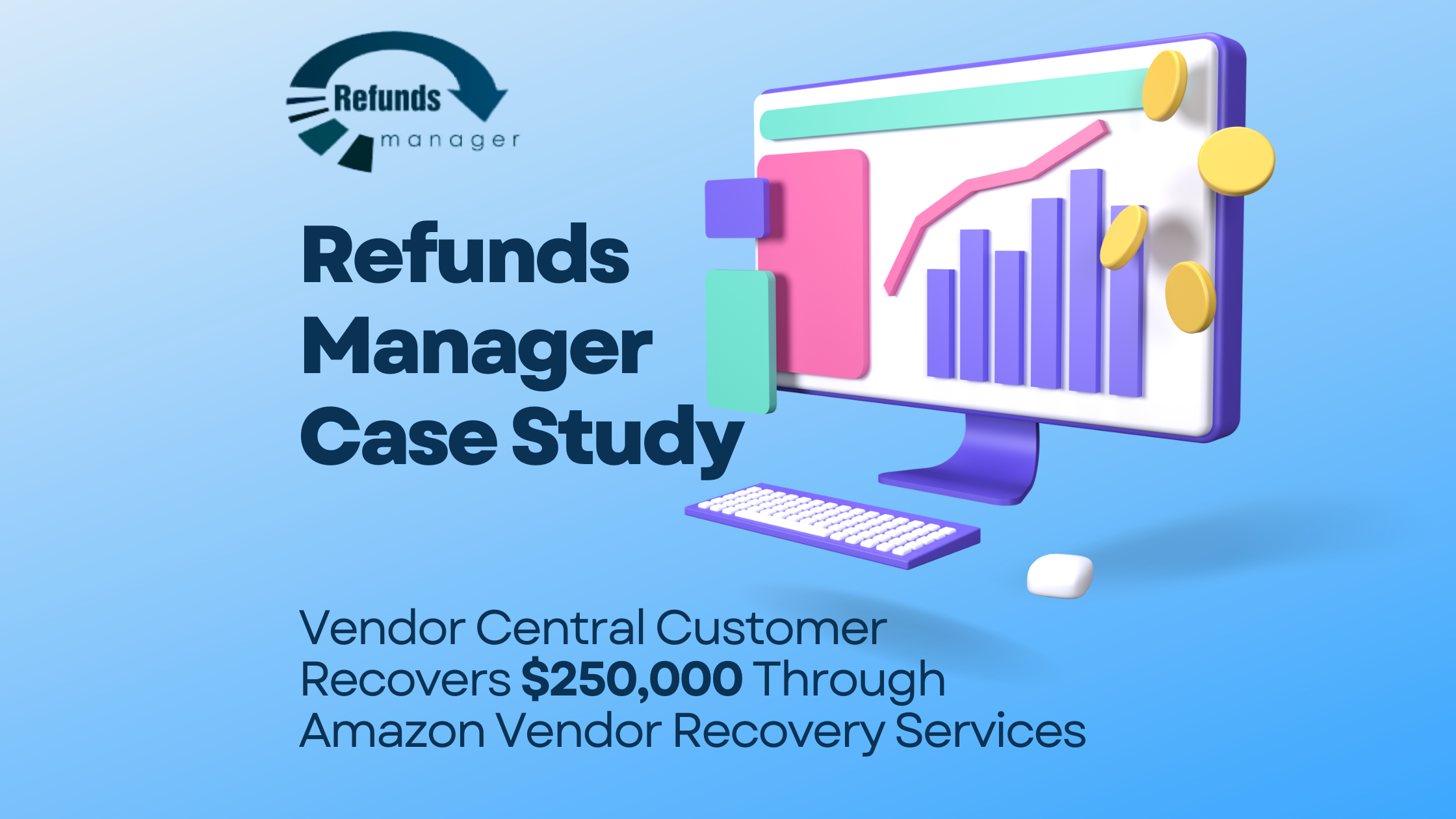
We love serving up fresh, insightful content from the Amazon pros—experts who have been there done that, and seen it all. Today we’re sitting down with Chad Rubin to get his Amazon listing optimization tips for 2019 and beyond.
Chad is the CEO of ThinkCrucial, a brand that creates replaceable products in the home across a multitude of categories and is sold on over 15 channels (including Amazon).
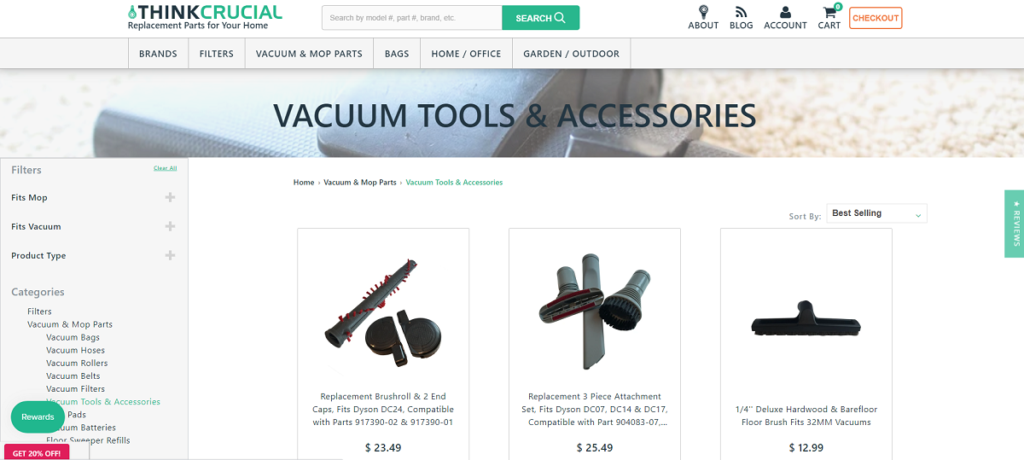
Chad is also CEO of Skubana, a platform for multi-channel inventory management that was born out of Chad’s own frustrations.
Chad is frequently sought out as a consultant by other ecommerce entrepreneurs, particularly Amazon sellers who want help with optimizing their listings. His consulting fee might be hefty, but not to worry! We asked tons of questions on your behalf.
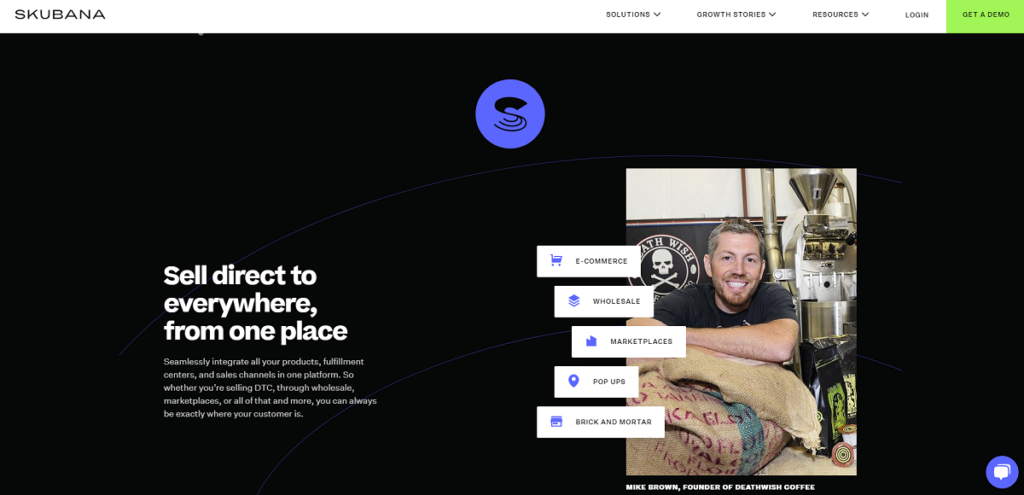
Table of Contents
ToggleHow did you get started selling on Amazon?

Walmart opened up right next door to my parents’ vacuum store when I was a kid. There were times we struggled to pay the bills and make ends meet, so I decided I never wanted to be an entrepreneur. For that reason, I was a first generation college grad. I went on to Wall Street to give advice and insights to hedge funds buying and selling various internet stocks, so think Netflix and Amazon and Bankrate and eBay. I saw a ton of growth happening on Amazon so I said to my parents, “You guys should be selling on Amazon.” They responded, “Who’s going to buy vacuum accessories online?”
Sure enough, I was laid off in 2009. I started helping them sell not just on Amazon but on eBay. We started manufacturing our own products. We started making vacuum bags, and then a whole host of other products such as vacuum filters, coffee filters, air filters, spa filters, you name it we make it…anything that’s replaceable in the home. Now we sell across 15 different channels, and we do a significant amount of business across Amazon. Anything you can think of that’s replaceable in the home and that is high velocity, we manufacture.
Along the way, I started struggling to find software to help me run and automate my business. There was a separate shipping software and a separate inventory software and they didn’t talk to each other because ecommerce has changed so much since the early 2000s. We needed a software to help us sell across 15 different channels and we didn’t find one, so we started Skubana. We’re very Amazon centric but we also support every other marketplace or channel that you sell on.
What’s your overall philosophy for ecommerce success?
A lot of times you can double down on Amazon or you can start growing SKUs across many different channels. I believe in playing Monopoly. In order to win, you need to spread out a bit and diversify. I don’t just want to double down on Park Ave. I want to be paid when someone lands on the Railroad.
So for me, I try to focus on being multichannel and being everywhere I can. Anywhere that people have dwell time, I want to be there.
What factors matter for ranking a product?
You need to make sure that you’re building proper product detail listing pages on Amazon. If you’re going to send traffic there, whether its organic or paid, you want to make sure that the traffic converts because that’s really what Amazon cares about. The number one thing they care about is making sure it converts. You also want to want to have a high click through rate, from the search results page to your listing.
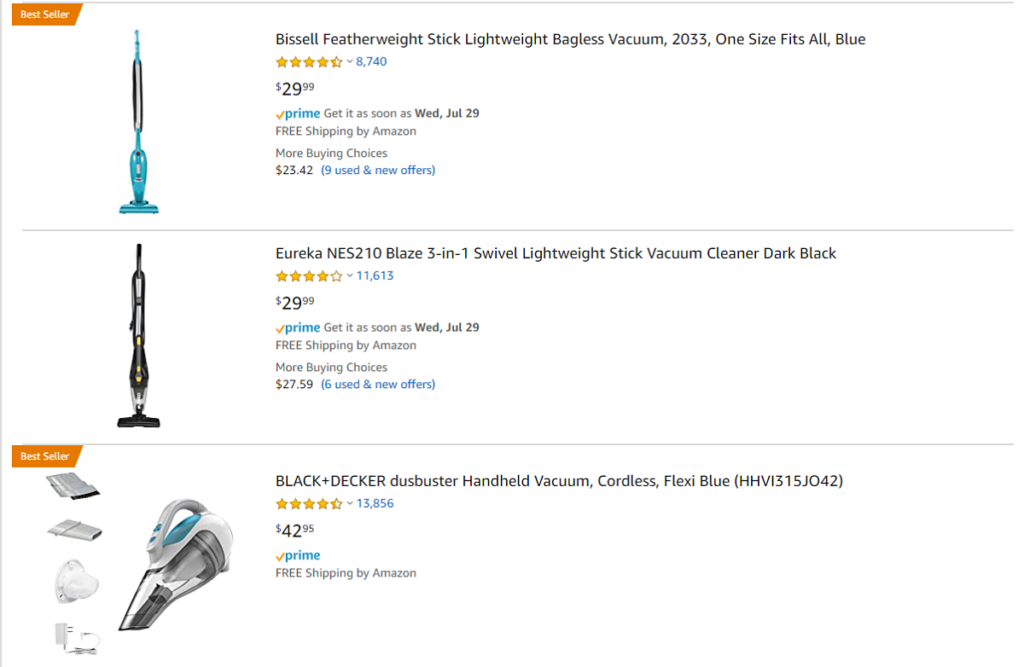
How do you calculate conversion rate?
Amazon does not calculate this for you inside of Seller Central. You have to do it yourself. I always encourage people to go into Seller Central and look at your impressions, which is your visitors, and also the people that are buying from you, which is your units sold. Then for a particular date range, divide your impressions by your units sold to figure out what your conversion rate is. Once you know this, you can measure the impact of any changes you make to your listing going forward.
To calculate conversion rate, divide impressions by units sold, during a set date range. – Chad Rubin
What are some of the common Amazon listing optimization tips, and is any of this advice irrelevant or outdated?
A lot of people try to copy what other people are doing on their listing pages and that is a failed strategy. You can’t copy someone else’s listing and assume that whatever they are doing will work for you.
You’d be better off looking into the keywords that matter to your product, optimizing for those keywords and positioning your product according to consumer interests and demands. Make sure you actually understand the fundamentals, and that means looking at the data in your own Seller Central account, not copying someone else’s page.
If you just follow what some guru says and follow their advice, essentially you’re just following someone blindly.
Just because it works for other people doesn’t mean it will work for you. You can’t argue with data. You can argue with a guru that goes on a podcast, but you can’t argue with data, so let that guide your decisions.
Tip: use an Amazon-specific keyword research tool like MerchantWords to help you find the right keywords.
What are some other Amazon listing optimization mistakes?
There are 100,000 toilet paper holders on Amazon, and everyone’s using the same tool and process to decide what to sell next. There’s something called the Best Seller Rank on Amazon. A lot of gurus tell sellers that they should go to every category and find the products with the highest BSR and make your decisions about what to sell based on that.
We certainly don’t need another paper towel holder, or garlic press or silicone spatula. What we need is products that solve problems, and you find those problems based on what people search. It’s a pull process, versus a push process.
A lot of optimization fixes come down to the product and the offer. Is it something people need, and why? There should be strong differentiators, and those are the elements that need to be clear on the listing.
To prioritize which listings to tackle first, look at what has the most impressions that is getting the least conversions. – Chad Rubin
What’s the right process for tackling Amazon listing optimization?
The first thing I would do is take a look at your Seller Central back end, the reports area, and find a section called detail page, sales by ASIN.
To prioritize which listings to tackle first, look at what has the most impressions that is getting the least conversions. Find out what’s not converting but getting a high amount of traffic. Those are the listings you need to optimize right away.
The next thing is to analyze what’s not working well. Is it the click through rate from search to your listings? Is it a problem with the title, or the main image? How are your images looking? Are the main images optimized? Are they built to attract attention and stand out in a crowded marketplace?
If you know your main images are great I would then look at your listing page itself to understand how are your bullet points looking, are they robust…are you doing the proper keyword harvesting there?

Next look at your secondary images. These are the what get customers purchasing. Your secondary images are your value props. You have to captivate and get people’s attention in a big way. You have to embed your product’s value propositions in the secondary photos. Your images should have a customer centric story…whatever is their desired outcome for making that purchase. Make it super real for the person.
Tip: you can also use a tool like Sellics to check competitor keyphrases so you know what you should be ranking for, and so you get an idea for additional products you might want to launch.
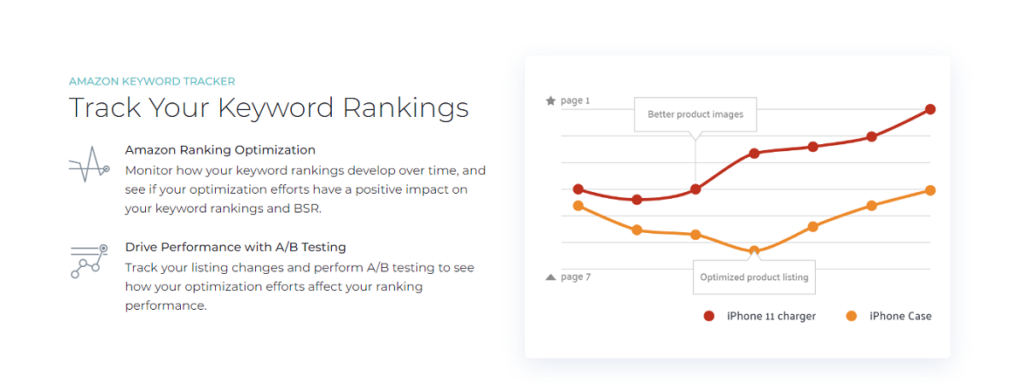
Any final Amazon listing optimization tips?
It’s essential to get into the customer journey and make sure you’re getting into the head of the customer that’s buying.
Show customers how the product is different. Get into the customers mind. Get into the journey of the customer.
Whether working on secondary images or bullet points, I try to get into the customer’s shoes and have customer empathy and try to understand why they buy.
In terms of HEPA filtration, people always start by listing features…charcoal filtration, that’s a feature. The reason for purchasing may have more to do with combating pollution and prioritizing health. You can get even more detailed with it. Start peeling back the layers into why people are buying your stuff. A lot of times you can discover this by reading your reviews and your competitors reviews and getting a better sense of what makes your product different. Look at negative reviews of your competitors and turn them into positives in your own listings.
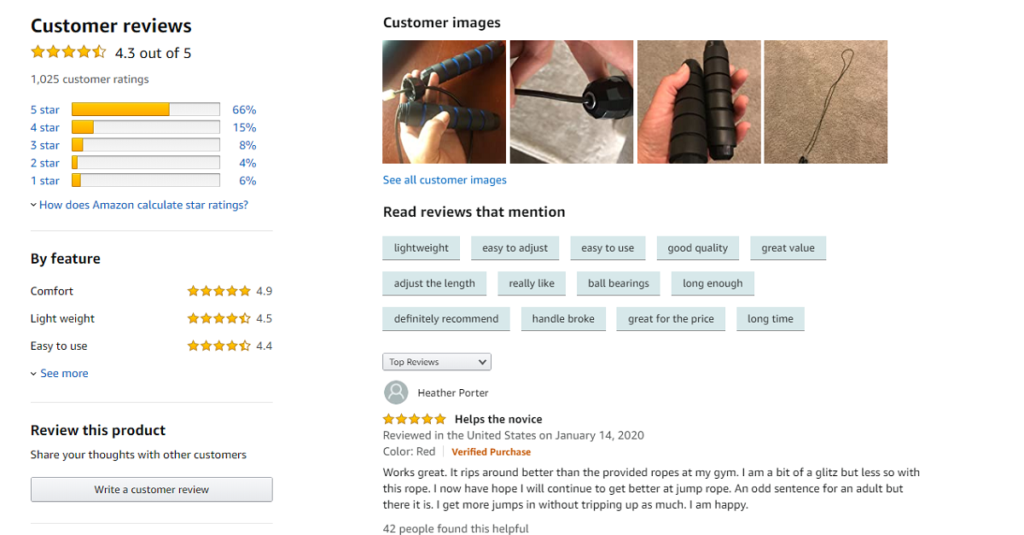
You can learn more about managing your multi-channel inventory at Skubana.com and learn how to protect your FBA profits from common errors at RefundsManager.com.
Sign Up for Refunds Manager
Stay strategic on Amazon! Get new blog posts sent to you via email:
[email-subscribers namefield=”YES” desc=”” group=”Public”]


